Cambodia Day 5: Floating Villages
I had a strange dream where one of my young students, Daniel, and other kinder kids from my class in Korea were eating a bluish green sealant
or something being put in the hallways. I couldn't convince the Korean desk staff to take the kids to a hospital. I ended the dream resigning in frustration and despair. I think the frustration from some days at that branch may have gotten to me.
In the morning I had a breakfast of chicken soup, then walked quickly back to my guesthouse to get picked by the tour of Tonle Sap lake that I had signed up for. My ride was a tuk-tuk, a generic term for any of a variety of rickshaws, often three wheeled vehicles cobbled together from motorcycles adapted to hold passengers in the back. The tuk-tuk ended up
taking me back near where I ate breakfast. Besides myself, the tour group included a couple
living in Australia (one English and one Australian) and a family with an English wife, an American husband, and three boys raised in Germany, all now living in
Hong Kong. We stopped at Roluos market and ate rice flour waffles. The market was a lot
like Korean markets, filled with food, live animals, and spices unfamiliar to me.
However, this one was less sanitary than the ones I'd become familiar with in Korea. Live fish were killed on spot,
flies were everywhere, and food was set directly on the dirt of the street.
Our next stop was our boat, a thin vessel steered by pulling ropes to physically move the thin motor. We passed through a narrow
channel, bumping into lots of other boats. The boat pilots jumped from ship to
ship to keep the engines from tangling by pushing things out of the way. The boatmen's skill was rather impressive, though I was somewhat appalled that this chaotic, horribly inefficient, and not at all safe method of moving through the congested canal seemed to be the norm.
During the entire tour, our guide answered every question we threw at him, from temple iconography to modern politics, to what's that bird, to public education. I was impressed that he always answered honestly. He just gave straight answers with no whitewashing or playing up sympathy. He told us which people were trying to scam us into buying books for kids but who would really just pocket the money.
As we approached the lake, we could see the remains of a road to the village that apparently the village had decided wasn't worth
repairing every year after the floods. When signing up for the tour I had assumed that the floating villages were house boats with boardwalks connecting them. Upon our approach I saw that floating villages are actually houses on stilts to deal with annual floods. The first building we saw was a temple that was separated a ways from the rest of the village.
Fishing boats were in abundance, along with floating docks, pig pens, and rafts whose purposes I couldn't figure out. We then saw the main area of the town, with buildings on wooden or cement stilts and with walls of palm leaves, wood, or corrugated metal.
Th streets of the floating village
were filthy: coconut husks, feathers, fire pits, plastic wrappers and
food waste were embedded in dirt. I'm not sure if the trash was dropped during the flooding and cemented into the mud when the water receded, or if they drop trash during the dry season knowing that the floods will wash it away. Arranging proper waste disposal would certainly be difficult in the remote village.
Our tour walked to a Buddhist temple on a hill that must have been high enough to be safe from the floods. The interior was entirely painted with scenes from the Buddha's life, depicted in neon colors.
Even every panel of the ceiling was a painting.
From the temple we got a ride on a pair of canoes through partially submerged trees. The other canoe's paddler looked about seven and couldn't have been more than twelve, but she had no trouble keeping up.
I don't know what sort of trees these were that had adapted to the regular flooding, but their ability to live partially submerged lives reminded me of the mangroves I canoed through in the everglades.
The open water didn't look like a lake so much as an inland sea. It's mind boggling to think that the lake expands to six times the surface area in the wet season.
On the open water we were picked up by our boat and brought
back to village for lunch. We were all a bit disappointed that the food was Western sandwiches rather than any local dish.
After lunch we loaded back onto the tour boats for the ride back, which took us past different parts of the floating village. Next to the docks I noticed racks of bottles with yellowish liquid in them. When I first saw a rack like this on my first day in the country I thought it must be drinks for sale. I'm glad I didn't buy any, however, as my moto trip taught me that the bottles were in fact full of gasoline, apparently enough for a couple trips by moto or power boat.
I spent the afternoon napping and writing. I ate dinner
at Angkor Palm again, this time enjoying ginger and lemon grass spiced beef soup while conversing with the Aussie couple seated next to me.
On my walk back to my motel I noticed some of the unusual wares for sale, including stuffed reptiles.
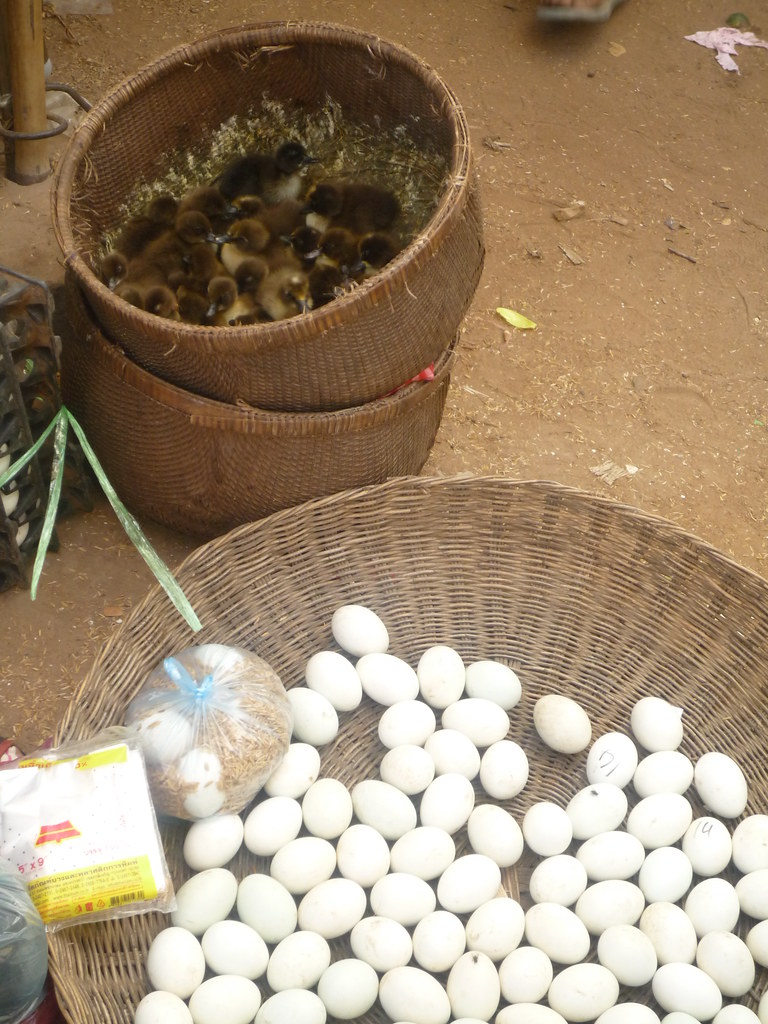
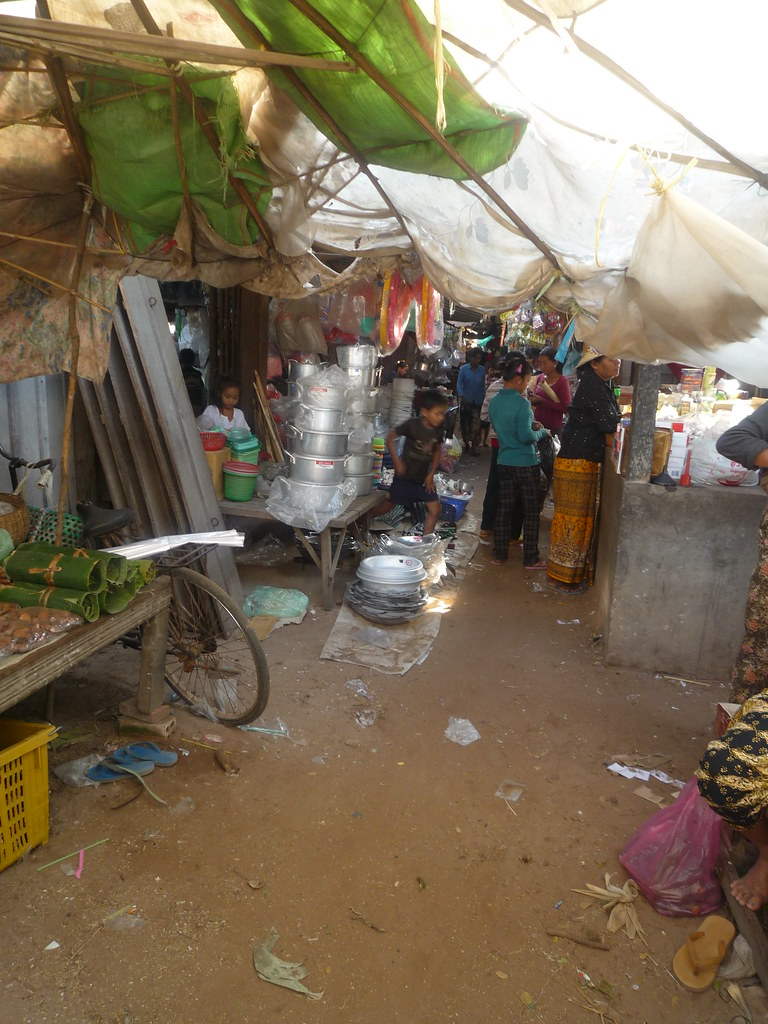
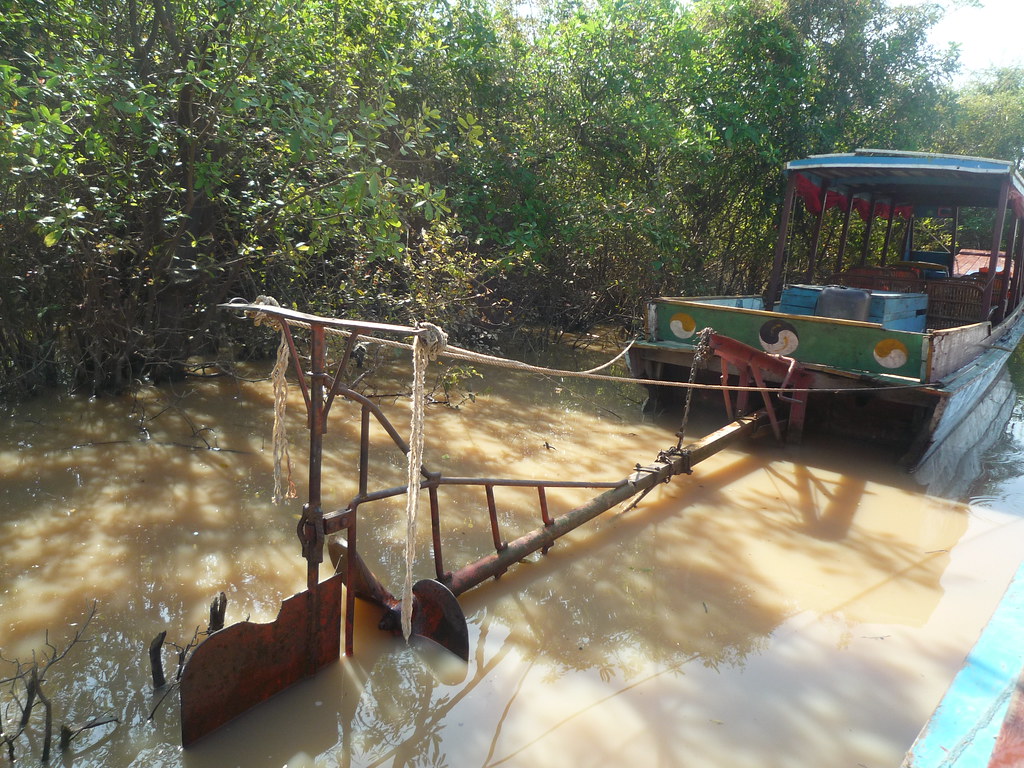
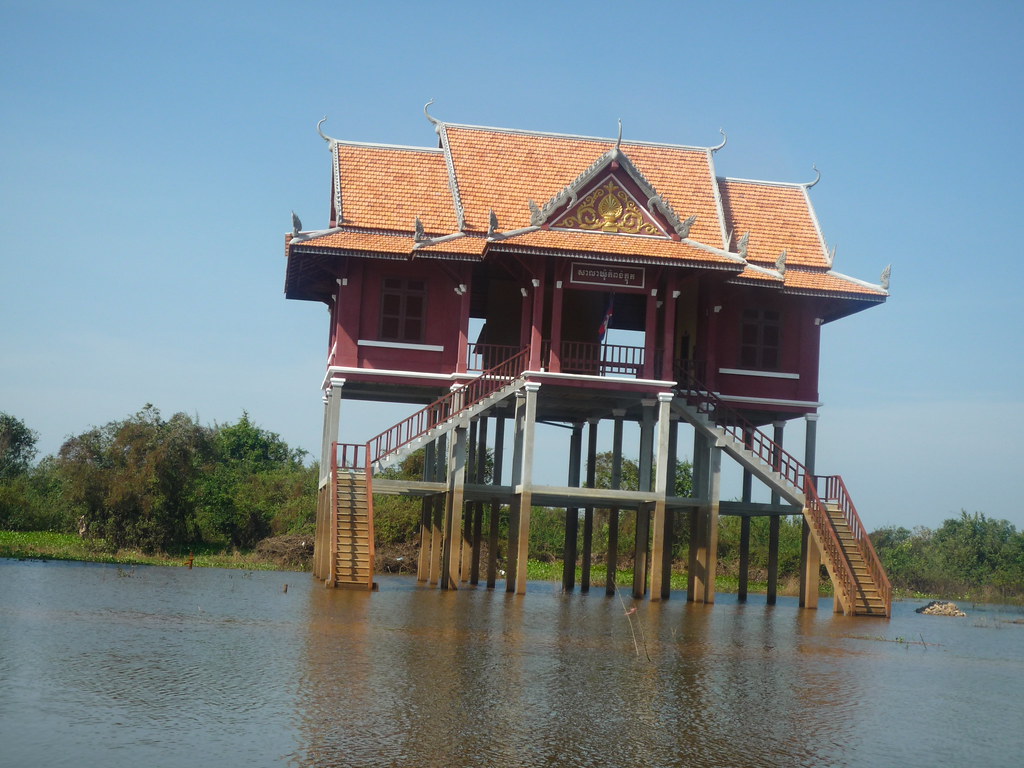
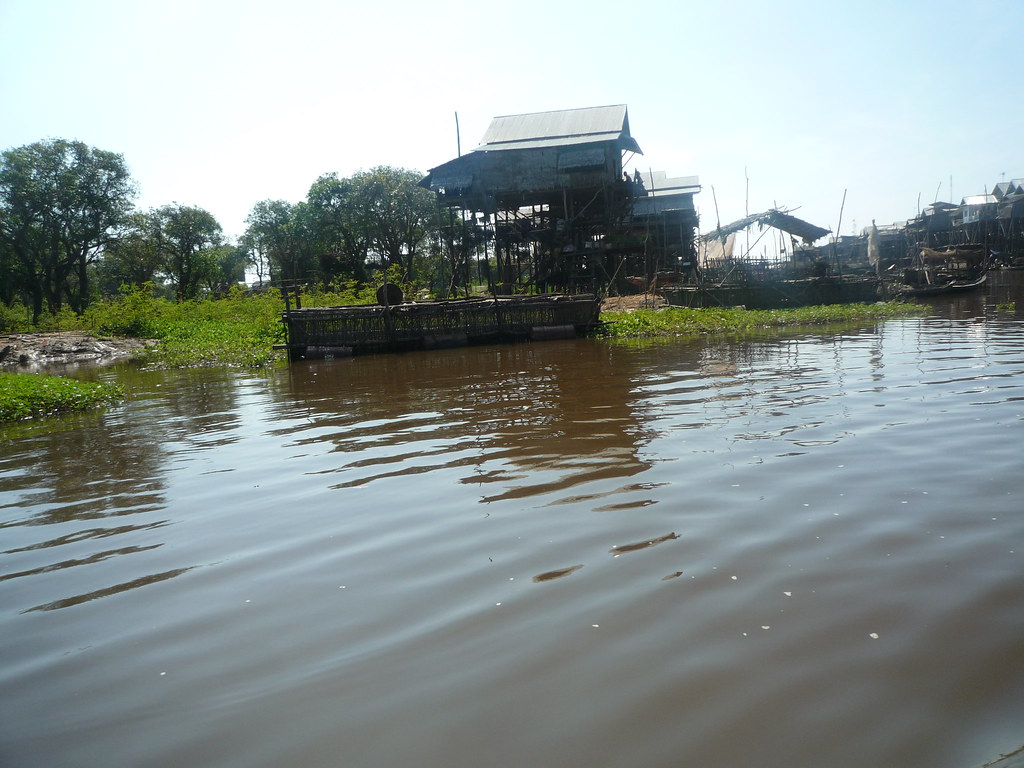
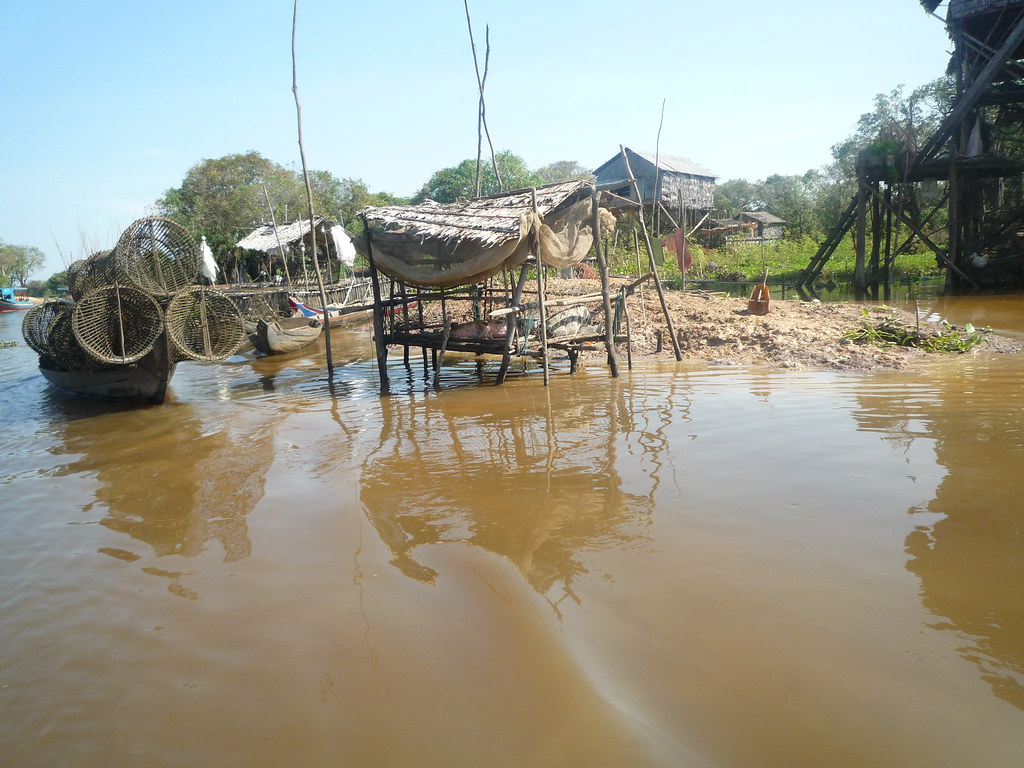
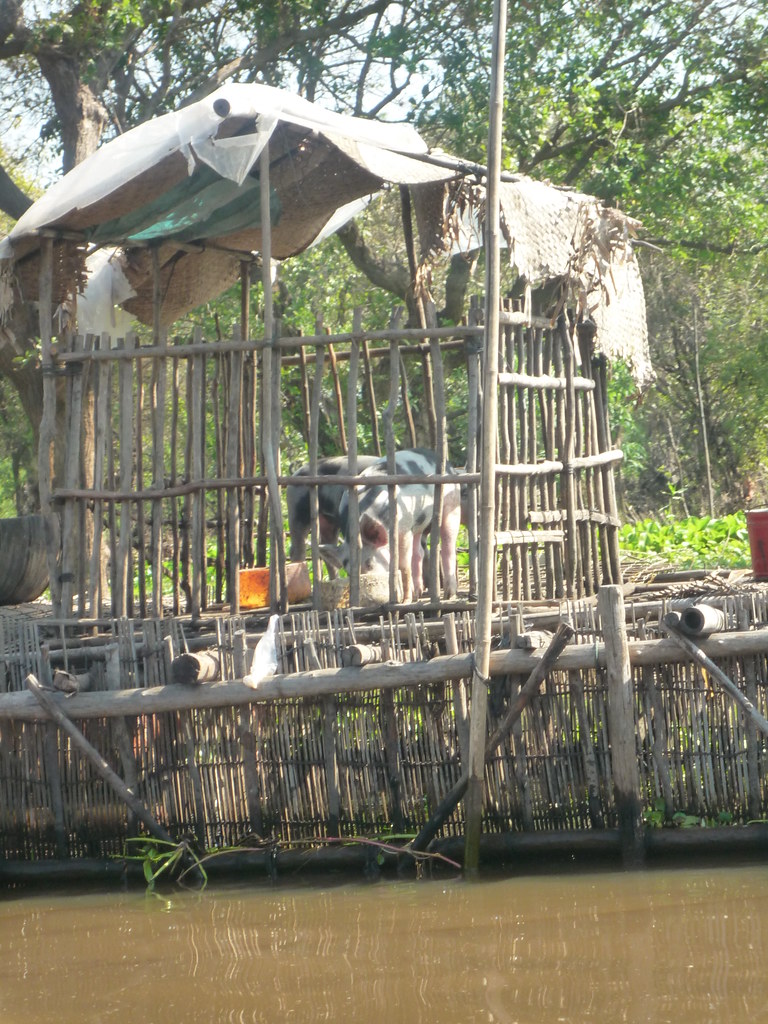
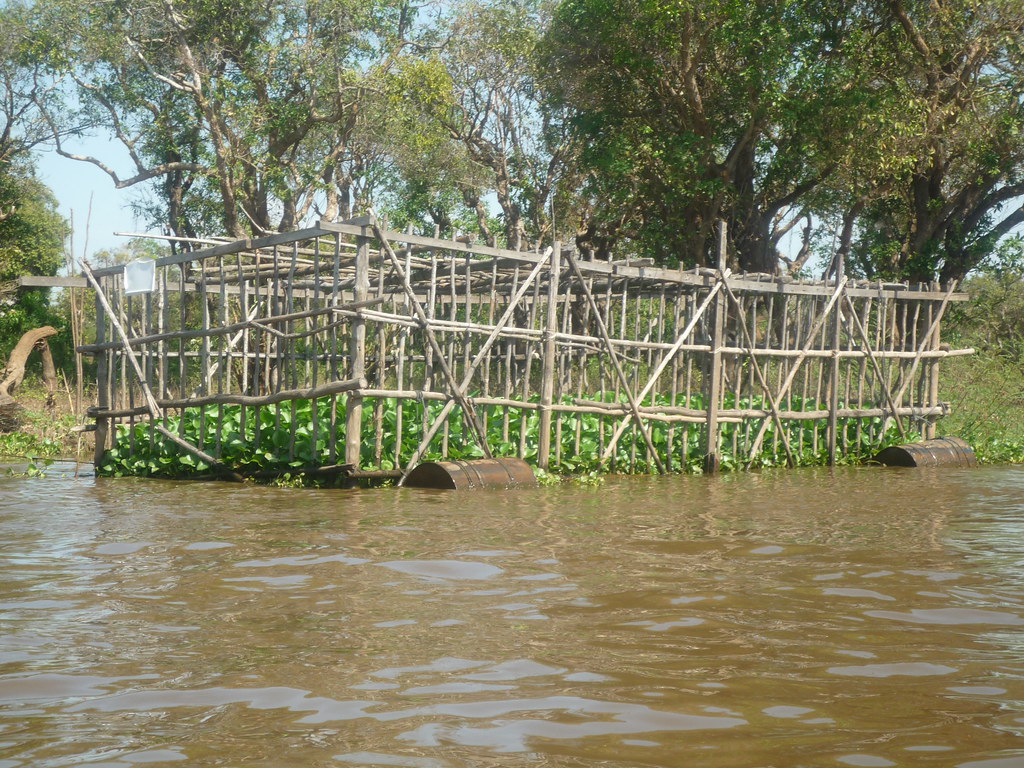
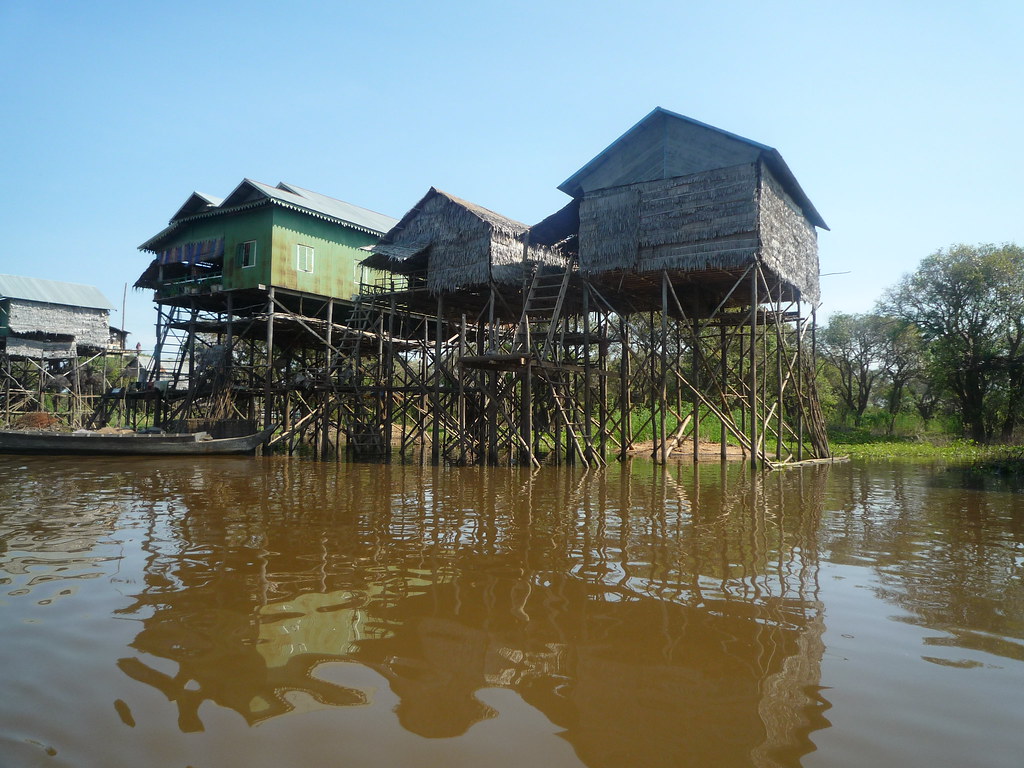
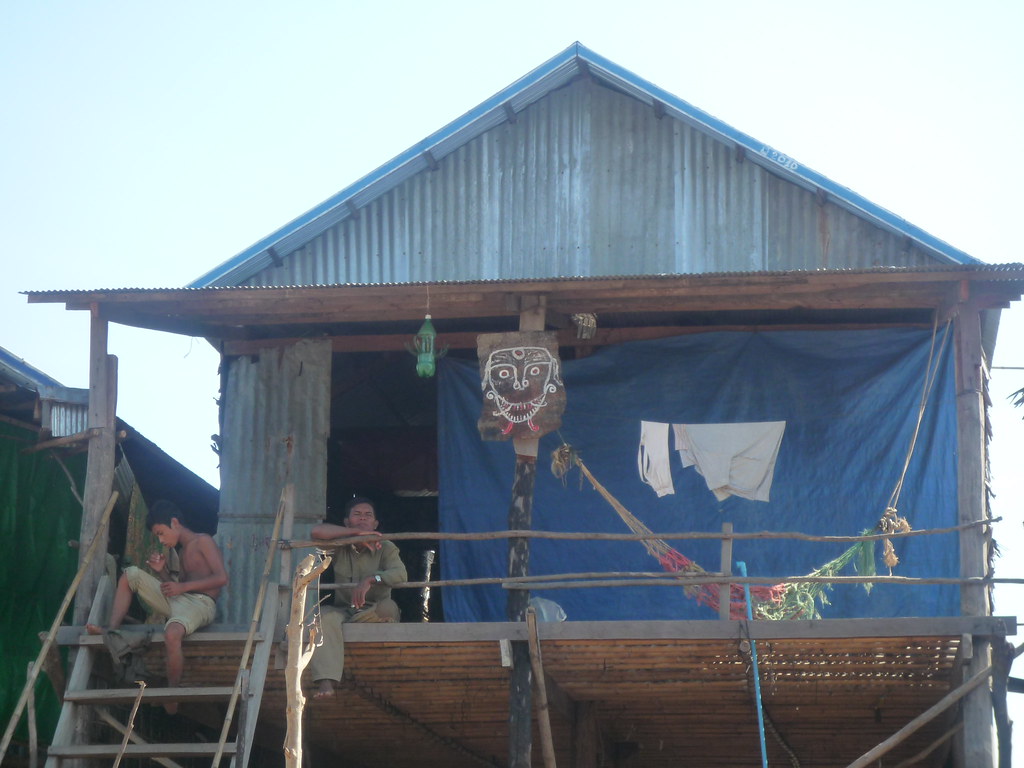
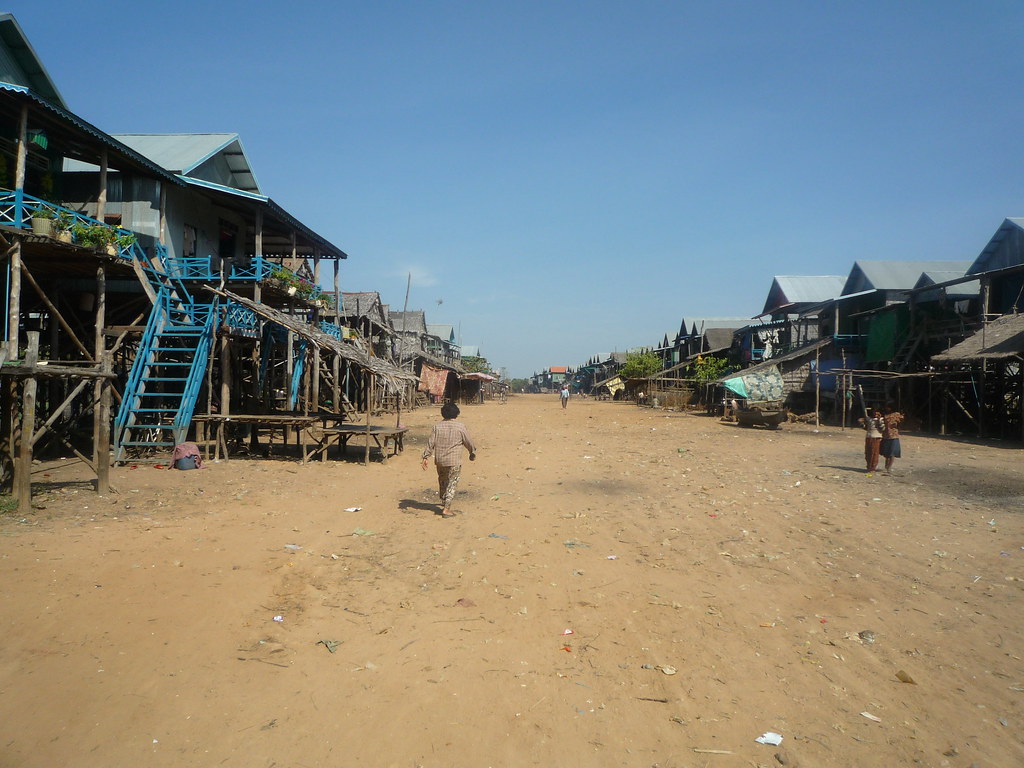
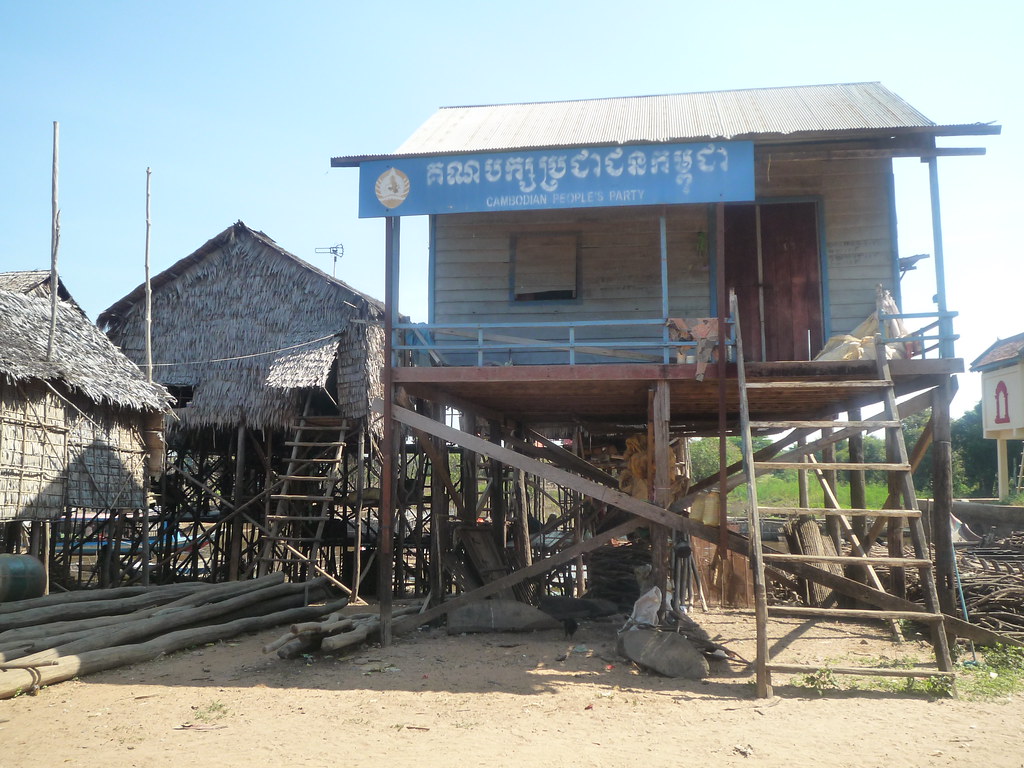
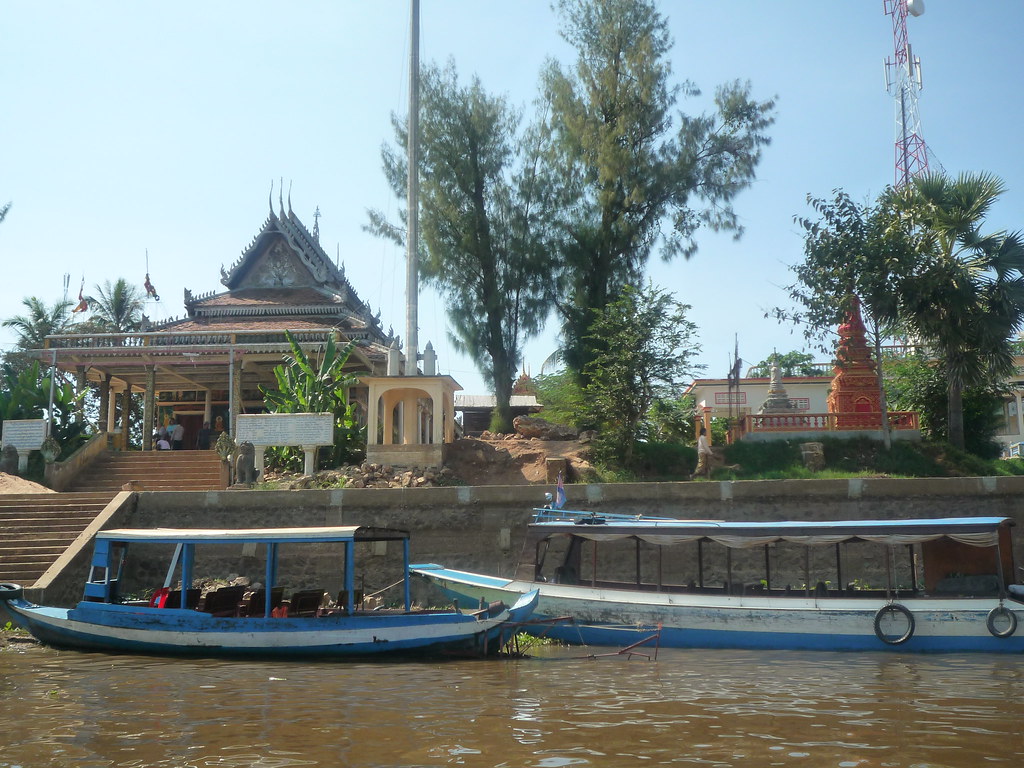
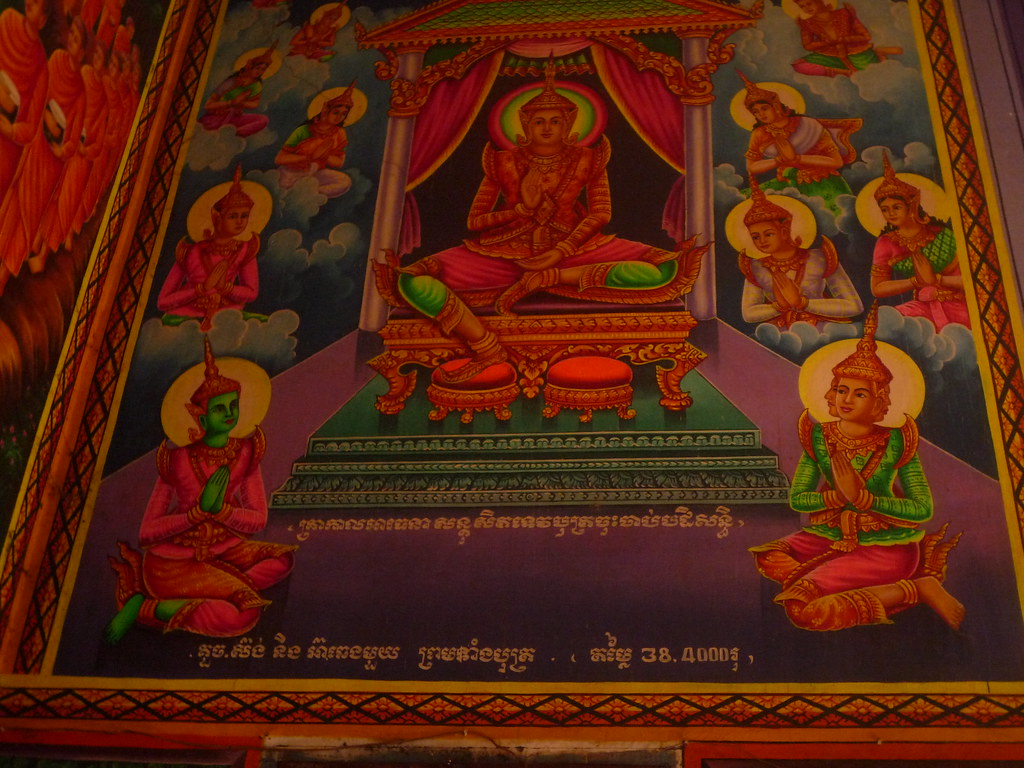
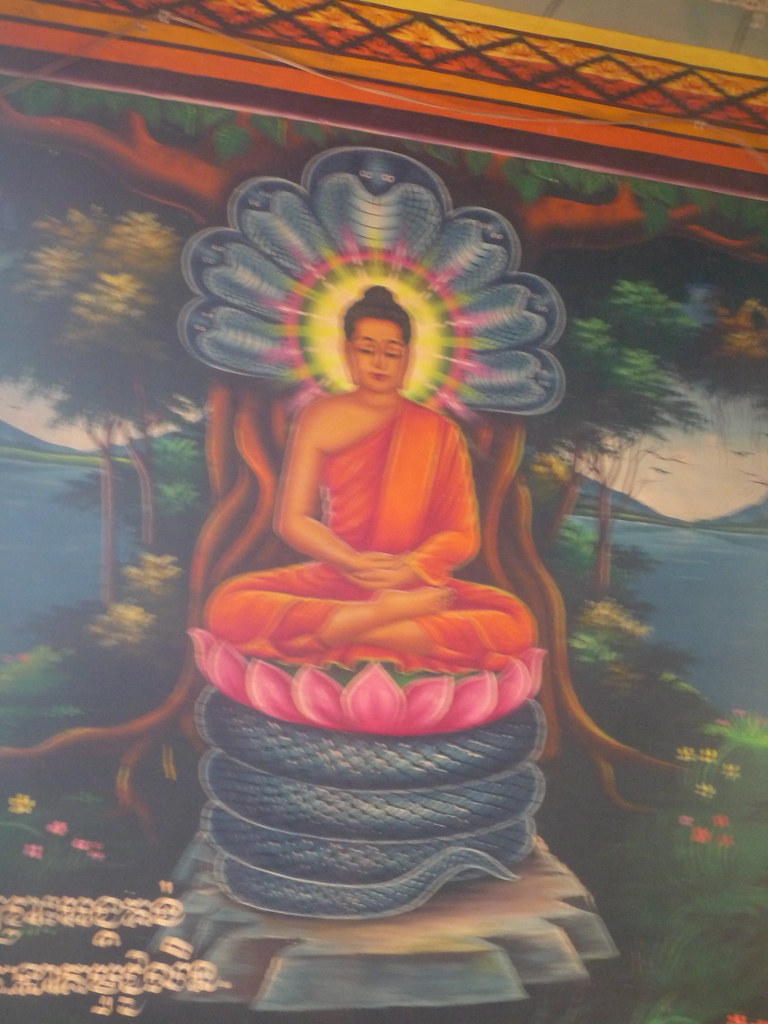
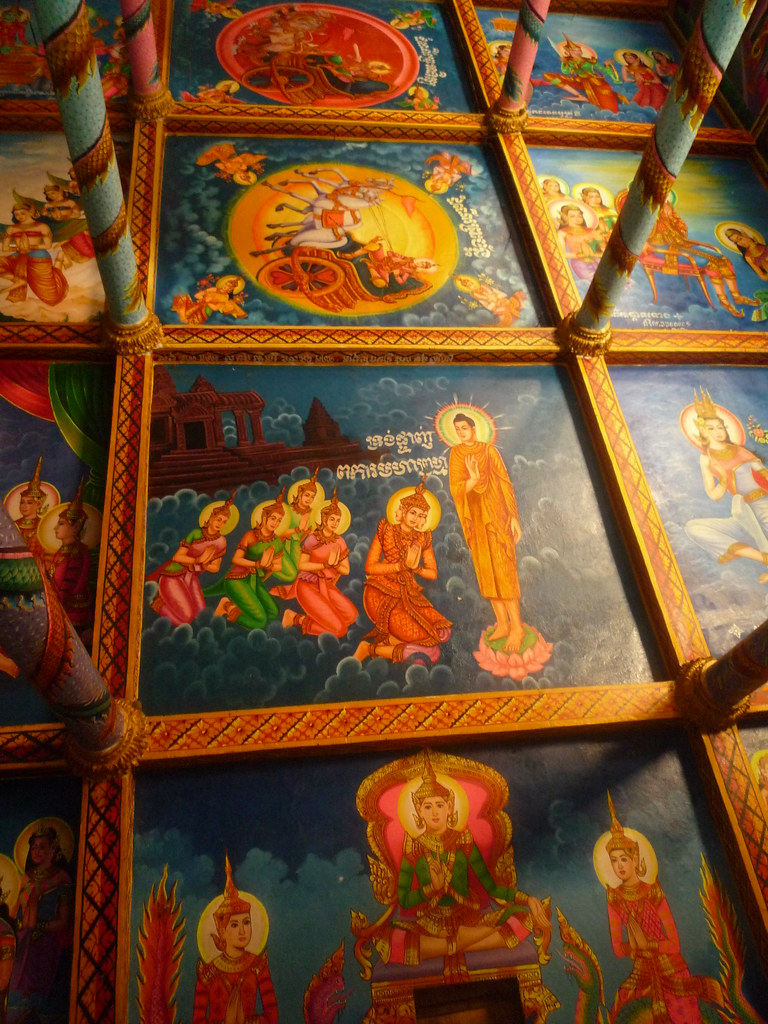
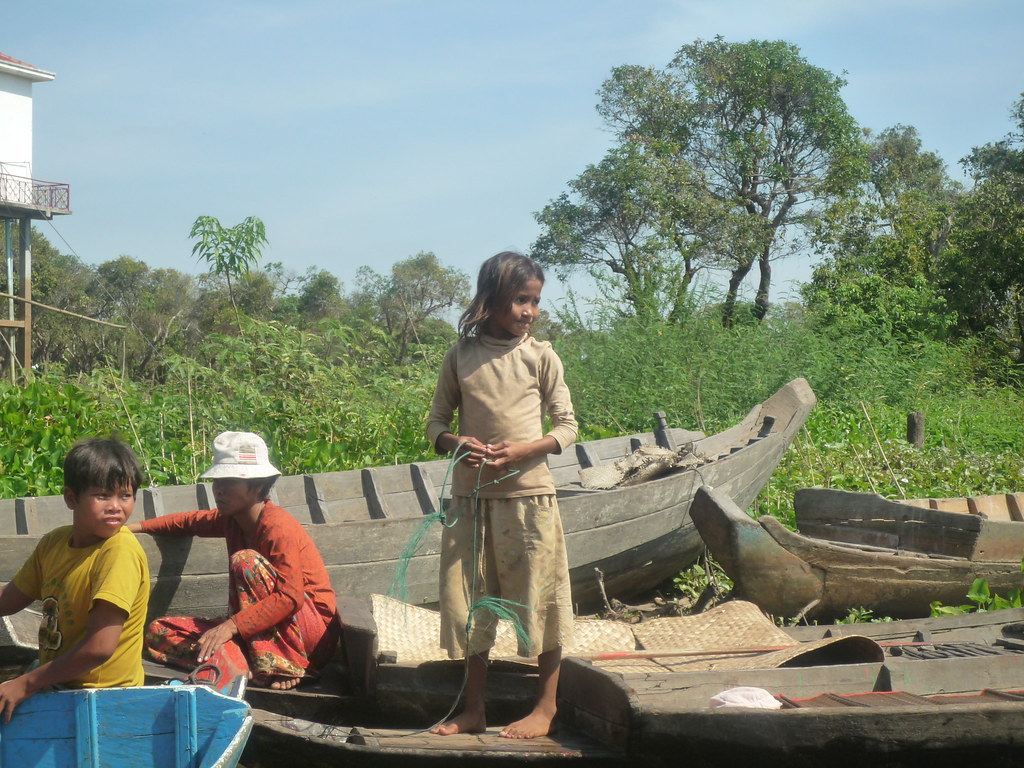
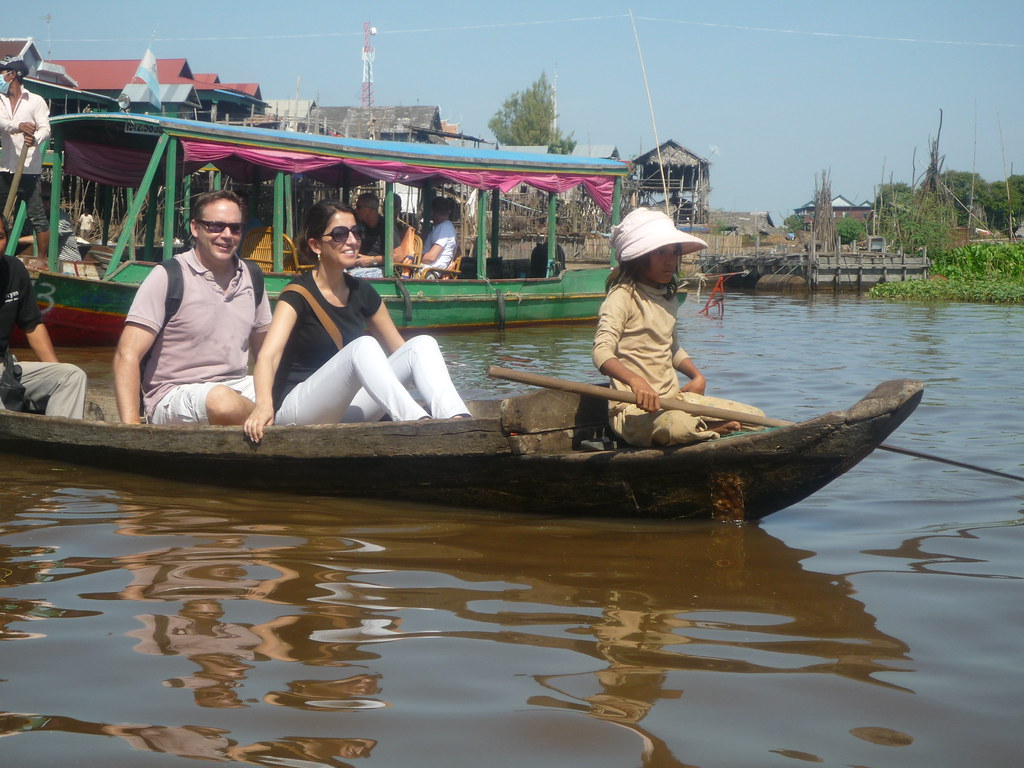
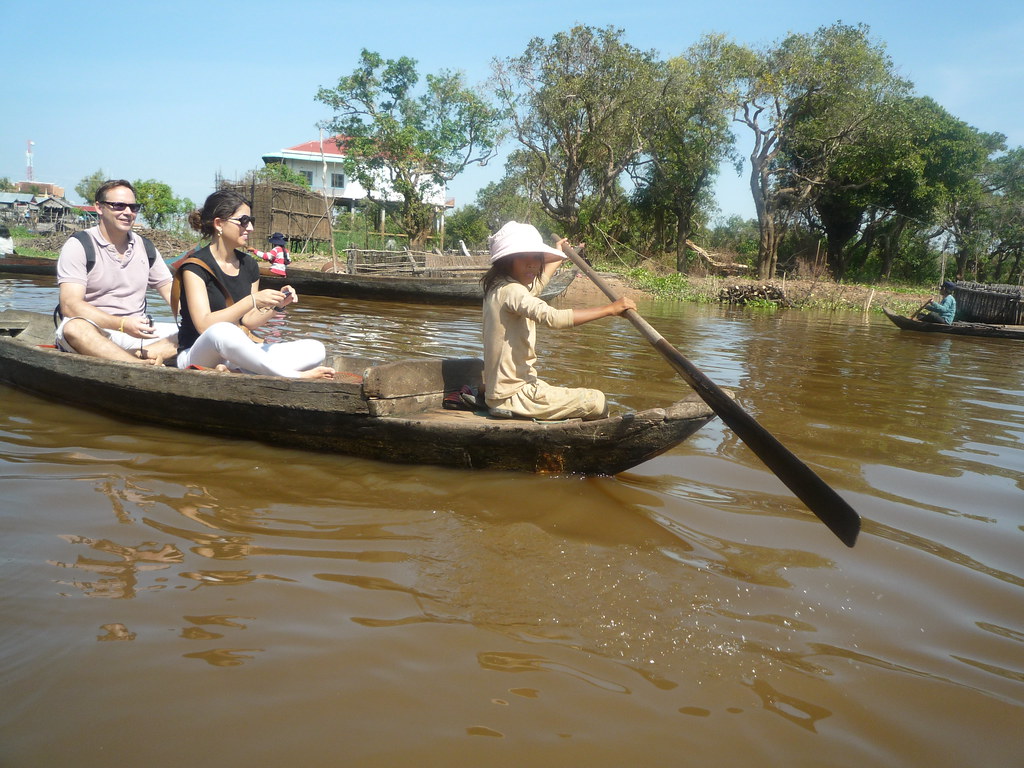
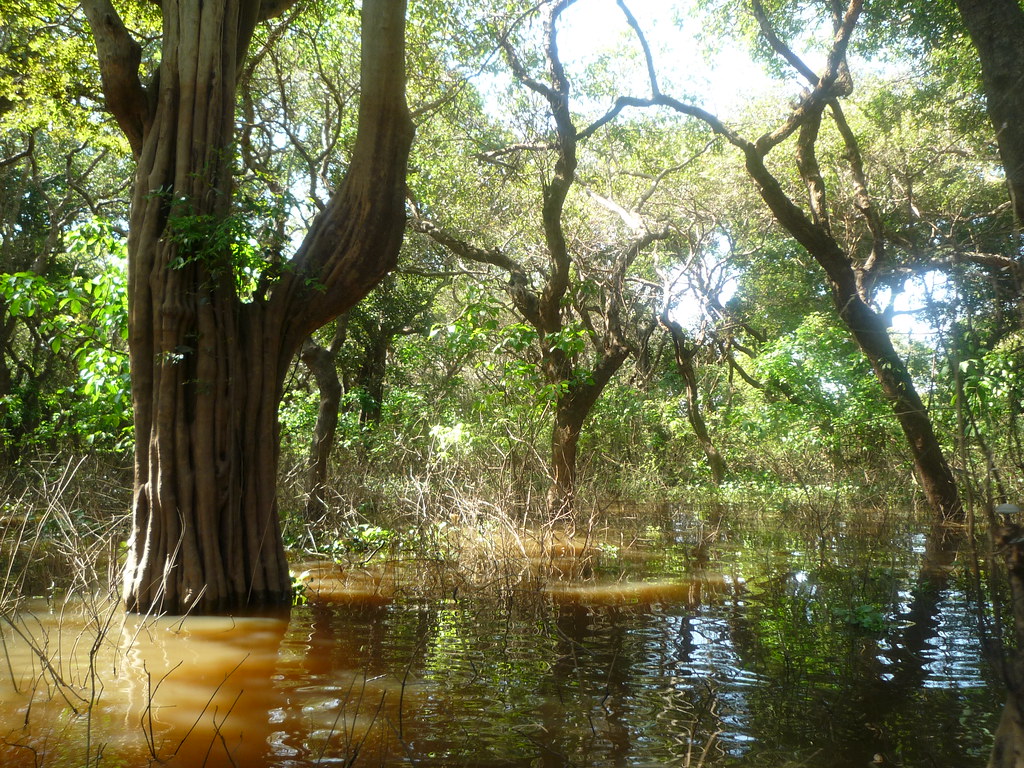
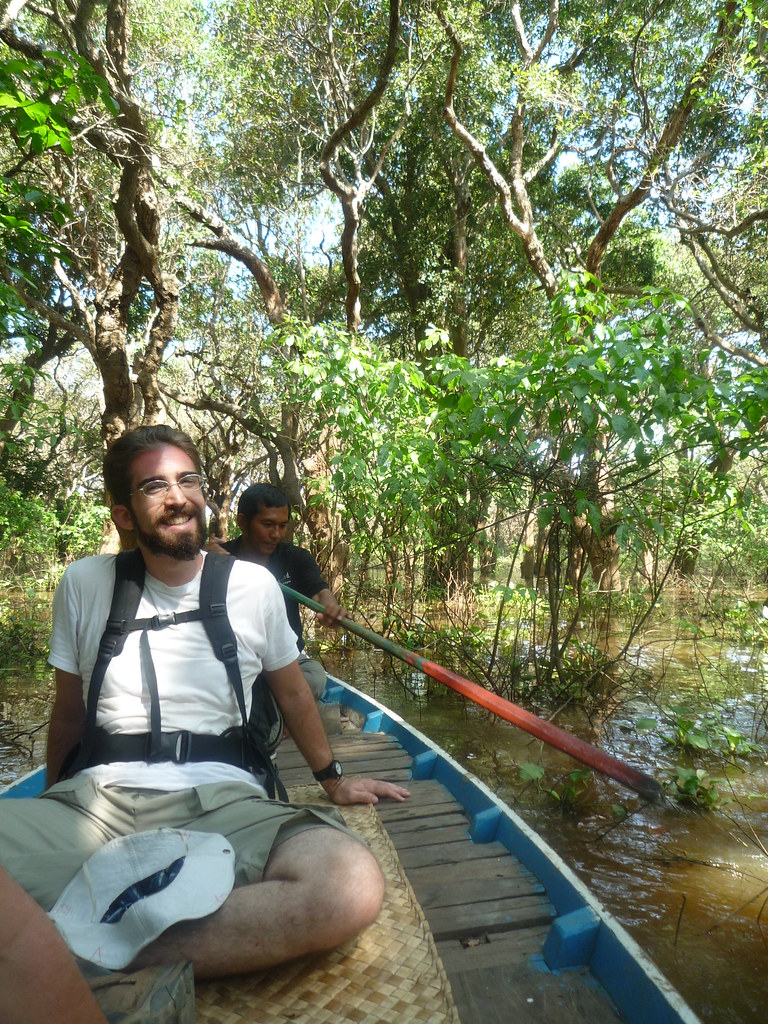
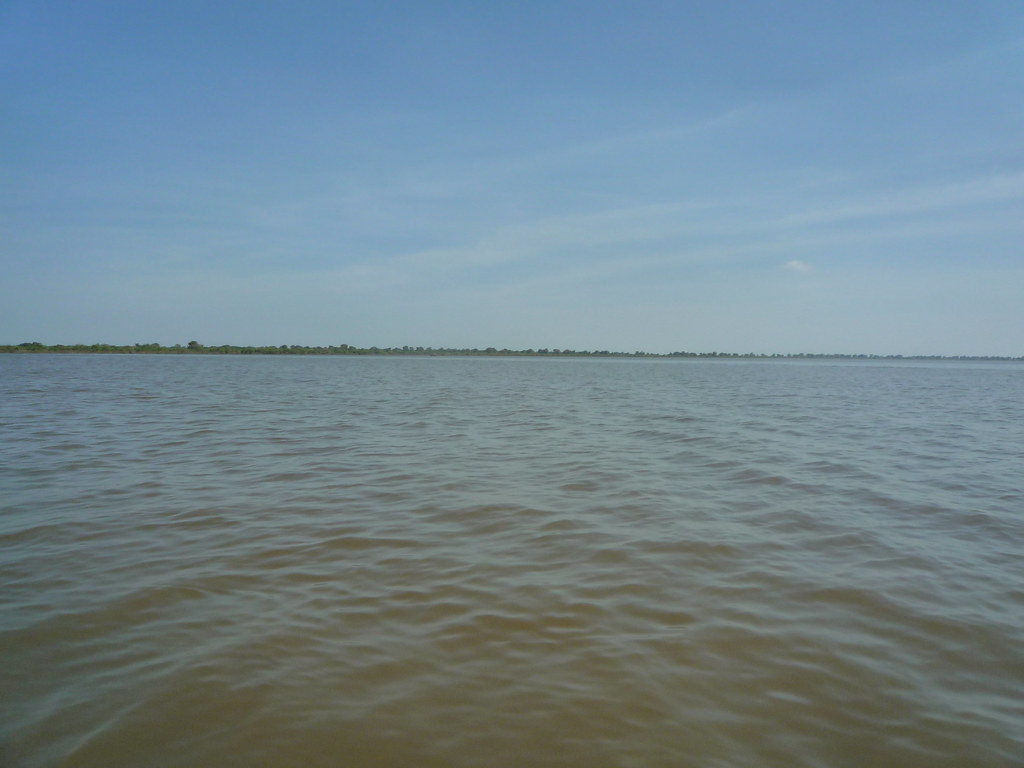

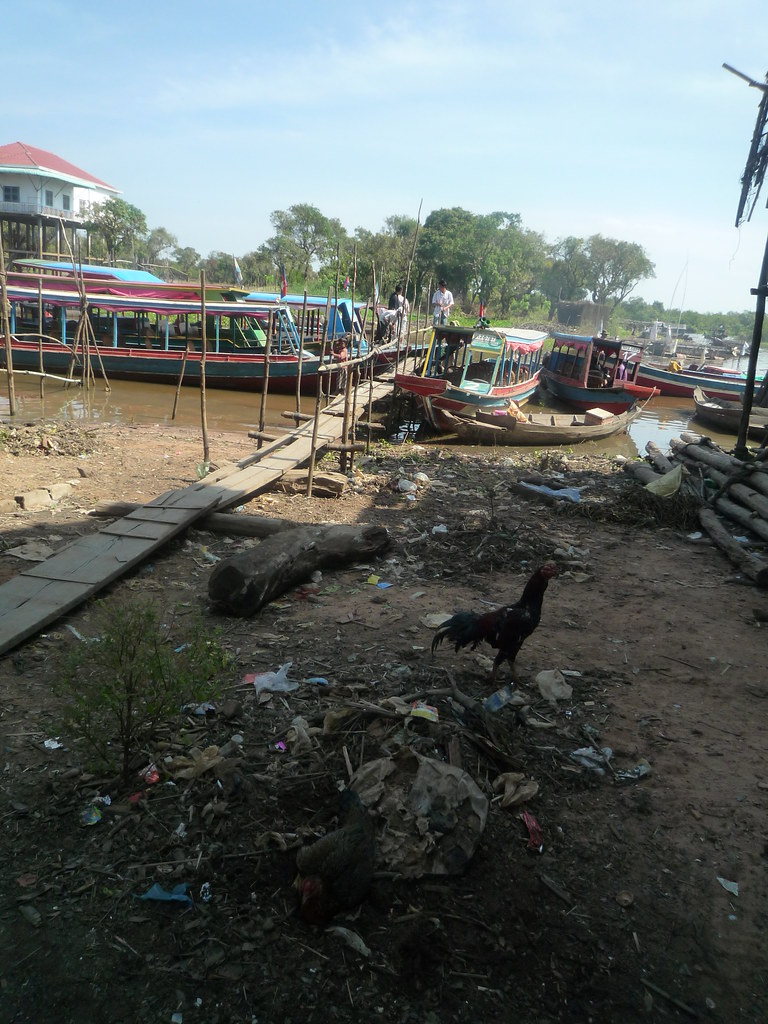
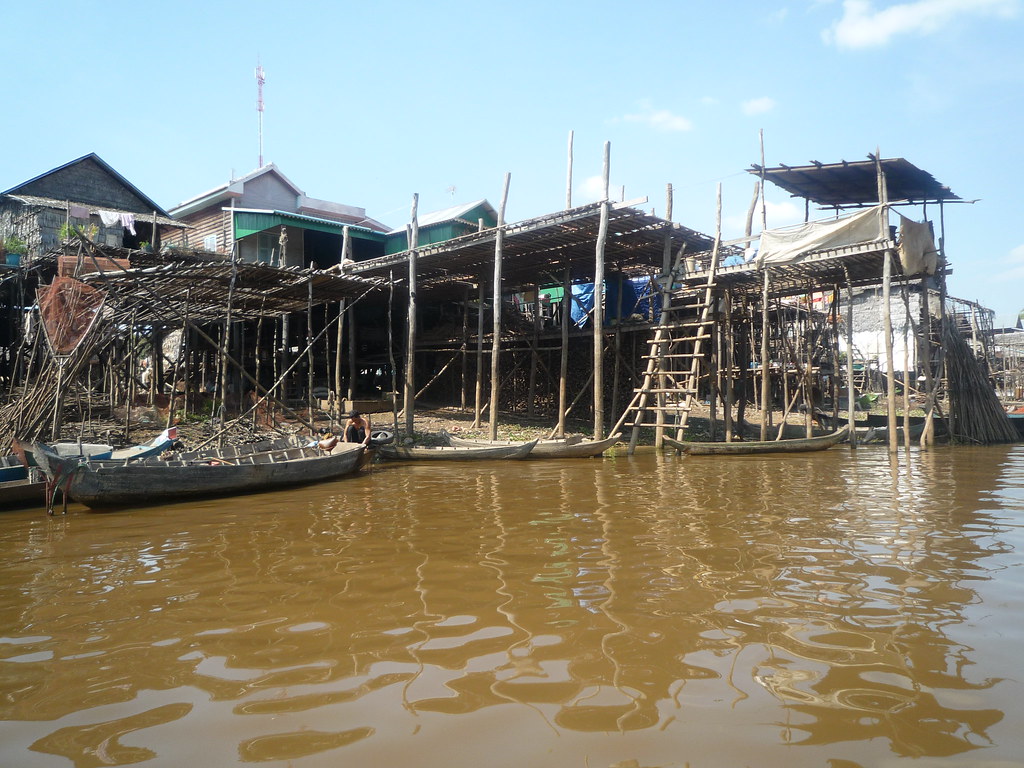

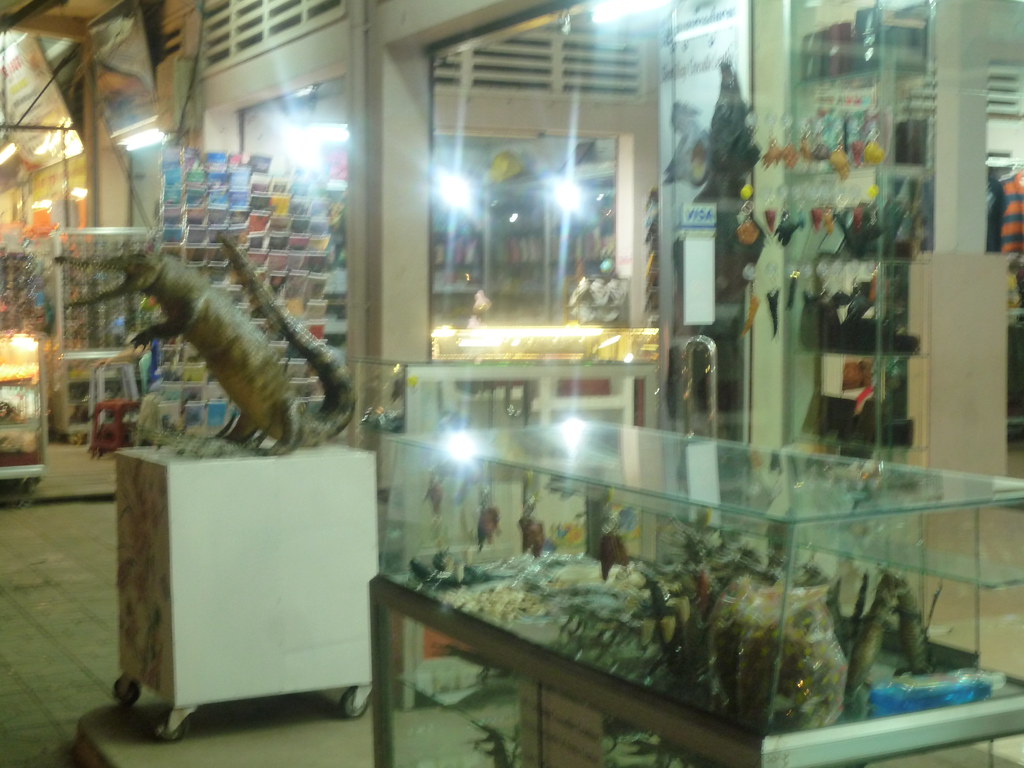
0 comments:
Post a Comment